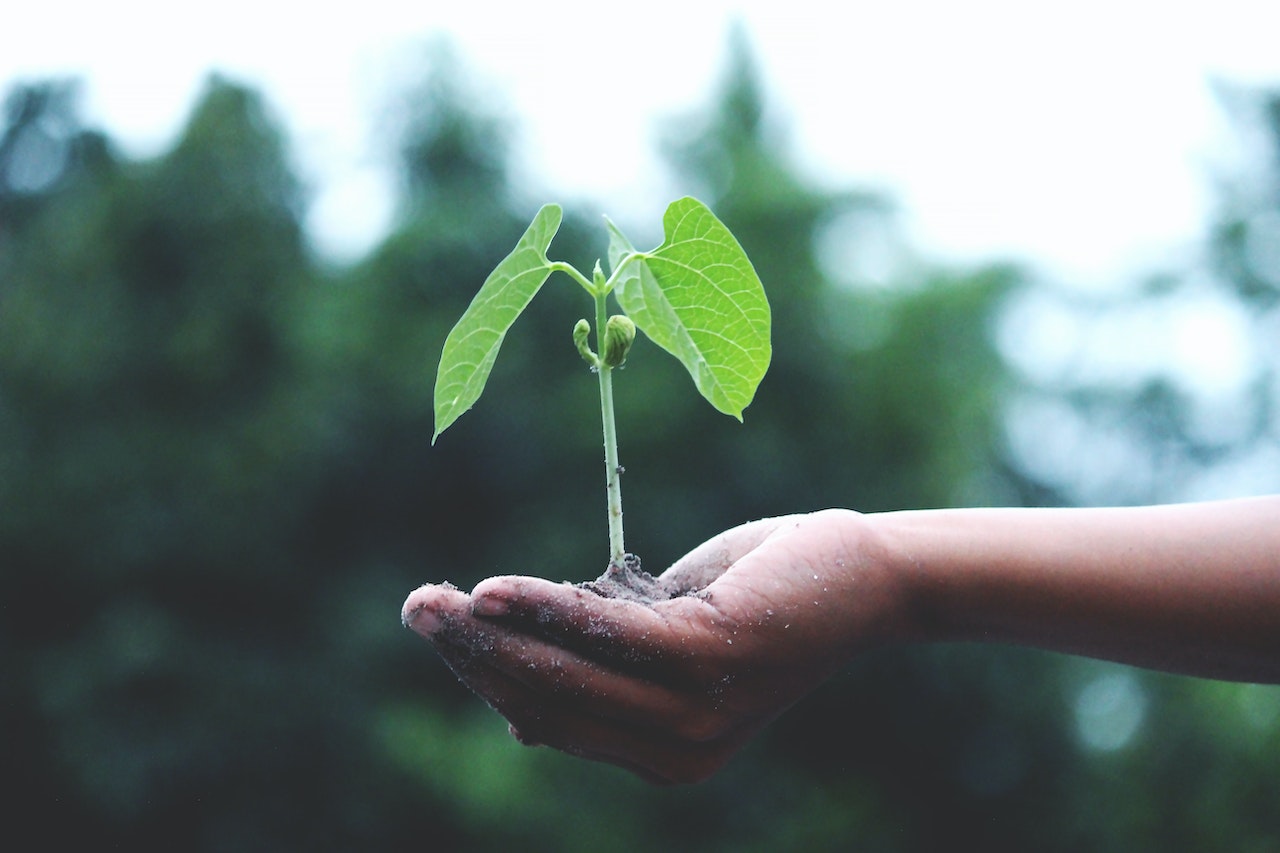This post was originally published on Sustainability Matters

The heat is on for Australia to hit its 43% emissions reduction target, with 2025 marking the five-year countdown.
As we head into 2025, renewable energy provider Green.com.au has shared research and analysis of consumer and industry trends to forecast what is likely to take off in Australia in the next two years.
Green.com.au CEO and Co-founder David Green identified the following five energy trends are set to sweep Australia in 2025 and 2026.
“At Green.com.au, we see the next two years bringing households and businesses greater control over their energy costs. From stricter energy efficiency standards for rentals to the rapid growth of rooftop solar, the market will have more opportunities to save on energy bills while accessing cleaner energy options,” Green said.
“As Australia moves toward its emissions reduction targets, advancements in wind power and hydrogen, and ongoing debates around nuclear energy, will continue to provide the energy industry with new opportunities to adapt and innovate.”
Stringent energy efficiency standards for rentals will expand nationwide
This year, the Victorian Government proposed minimum energy efficiency standards for rental properties, with the aim of improving comfort and living costs for renters and supporting the state’s path to net zero emissions. For October 2025, the new standards would see landlords required to install ceiling insulation, improve door sealing, replace hot water and heating systems with energy-efficient appliances at the end of their lives, and install four-star energy-efficient shower heads and three-star cooling systems in the main living area. The research found that 81% of Australians support Victoria’s move and 61% support adoption of the same standards across all state governments and the ACT.
Large-scale wind power projects will hit new milestones
This has been a big year for wind energy in Australia, with three significant projects due for completion and advancements in integrating wind energy into our energy grid. The government granted 12 feasibility licences for major projects in Australia’s first declared offshore wind zone in Gippsland’s Bass Strait. Another preliminary feasibility licence was granted for the Southern Ocean offshore zone, and applications have opened for the Western Australian Bunbury offshore wind zone. These licences — valid for seven years — are the first of three in the process of building offshore wind farms and the half-way mark to construction and operation. It has taken two years to get to this point, so while the next steps will take time we can expect significant progress in the next two years, bringing cheaper, cleaner energy and thousands of jobs closer.
Rooftop solar will continue to boom
The study found that 2 in 3 Australian households are willing to outlay $8000–10,000 on rooftop solar and battery systems after expecting, or being lobbed with, energy bills beyond their expectations. The findings point to a potential boom in rooftop solar, which already accounts for 11.3% of Australia’s electricity. A record 57,000 battery or energy storage systems were installed in Australian homes in 2023 — a 21% growth on 2022 — and nearly 30,000 battery units were sold in the first half of 2024. The Green.com.au study found a quarter (24%) of households paid more than $300 per month more in their energy bills this year. Alarmingly, in the same study, 34% said gas and electricity bills are their largest expense — well above the 21% of householders citing food as the biggest cost.
Hydrogen a step closer to becoming a significant local industry
The Australian Government announced a further $2 billion investment in its Hydrogen Headstart program, which supports large-scale renewable hydrogen projects, and aims to accelerate the development of Australia’s hydrogen industry, make connections with new global hydrogen supply chains and set the country up as a renewable energy superpower. With six shortlisted applicants in round one, based on projects that are among some of the largest renewable hydrogen projects in the world, Australia’s reputation in the industry will grow, gain trust and earn respect with continued investment in 2025 and 2026.
Nuclear power debate will ramp up
With a 2025 federal election looming, and with the Coalition gaining ground in the polls, Australia can expect to see increased debate around nuclear power. Liberal Party leader Peter Dutton has released his plan to build nuclear power plants across the nation, earmarking seven sites where coal power stations have closed or are scheduled to close. If a Liberal-National Coalition wins the next federal election, the nuclear power debate will once again be at the forefront of Australia’s emissions reduction race.
Image credit: iStock.com/pedrosala





0 Comments